City Parks and the Great Outdoors! 5 Autumn Foliage Spots in Hakodate
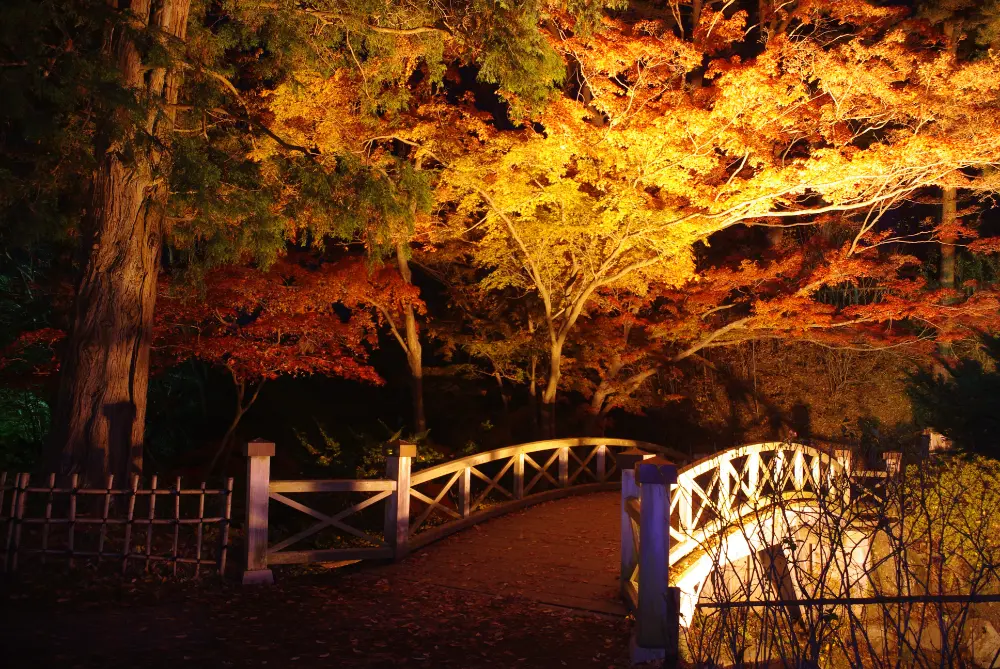
[Last Update 2024/08/02]
Hakodate’s Autumn Leaves
Hakodate is a city boasting distinctive architecture, delicious cuisine, and beautiful scenery. So whenever you decide to visit, an enjoyable trip is waiting for you.
In particular, every October to November, the area is surrounded by autumn leaves dyed gold and red, making the town even more attractive.
Hakodate’s average autumn temperature is a chilly 10℃, so please make sure you’re dressed appropriately when exploring the many fall foliage spots.
We introduce five can’t-miss places for autumn leaves in Hakodate. These range from an attractive teahouse that shines in the shade of bright red leaves, all the way to historical buildings surrounded by colorful foliage.
1. Kosetsuen Garden
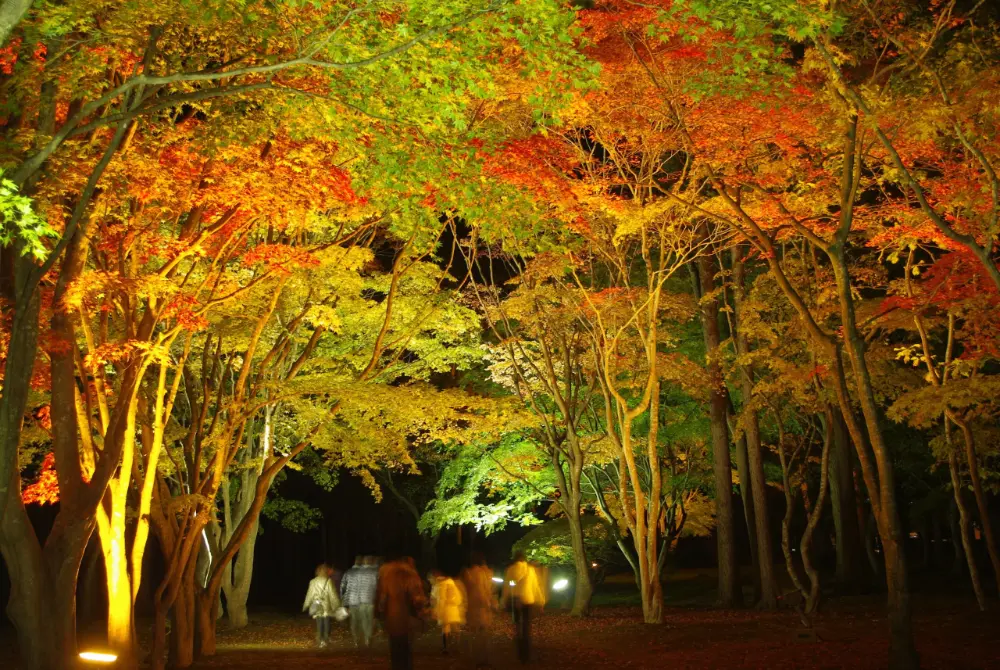
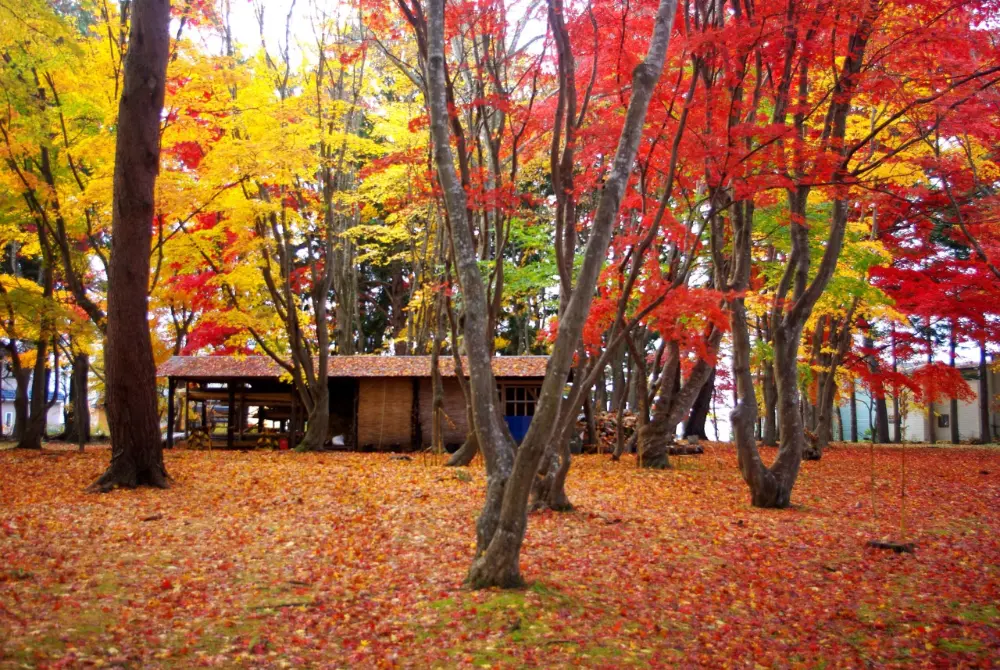
Miharashi Park is an expansive site sitting atop a hill not far from Yunokawa Hot Springs. Inside the park you’ll find Kosetsuen, a garden that combines both western-style and traditional Japanese-style characteristics.
In the 1890s this area was built as a private villa and garden for a wealthy merchant and his family. In 1927, after it opened to the general public, it became the only garden in Hokkaido to be nationally designated as a cultural property.
Here, visitors can enjoy the cherry blossoms in the spring, the flickering fireflies in the summer, and the colorful leaves in the fall season. Every autumn when they hold the Hakodate MOMI-G Festa, the leaves in the garden get illuminated at dusk.
Miharashi Park is a place that’s rich in natureーyou can see over 150 varieties of trees and flowers. Also, in addition to the Japanese garden and the attractive teahouse, you can take a relaxing break at the “Green Center.”
2. Goryokaku Park
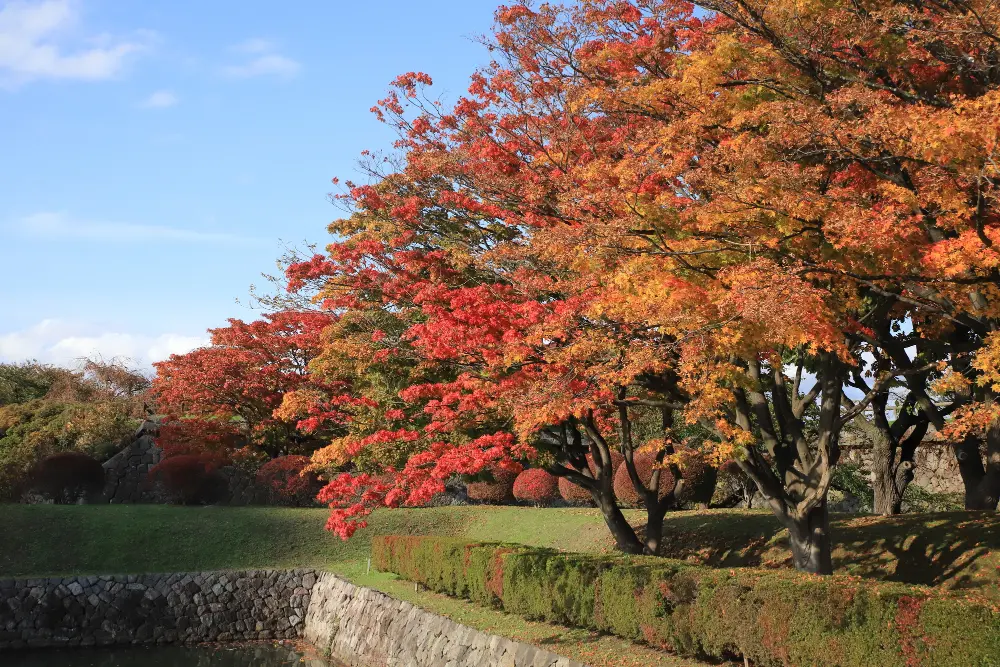
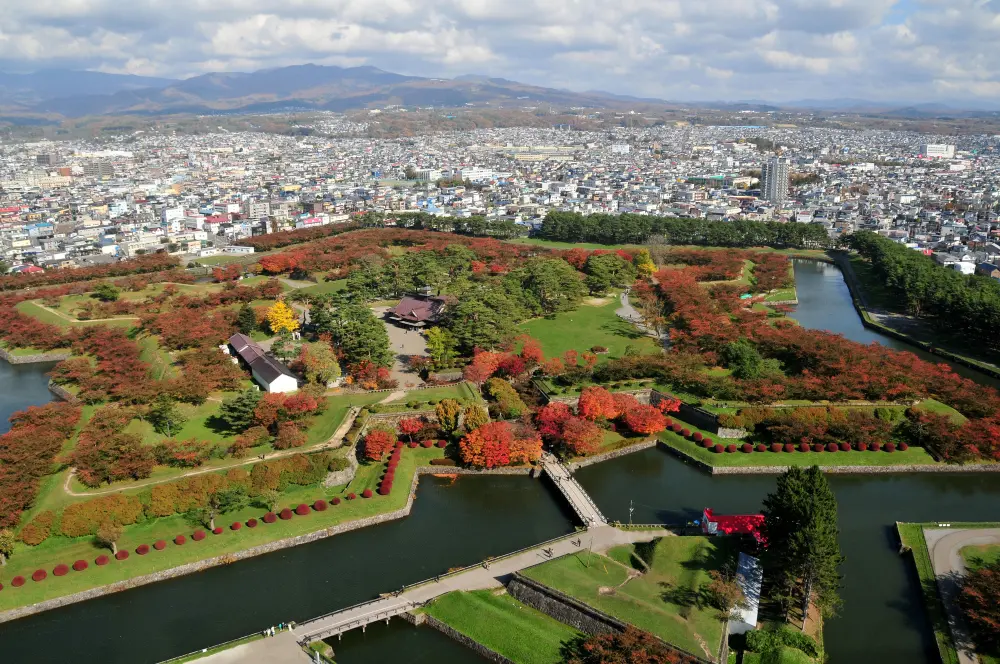
Goryokaku Park is one of the most famous attractions in Hakodate. It’s popular because of the stunning scenery and its unique star-shaped configuration. The park is also historically significant.
During the Boshin War (1868-1869), which occurred prior to the Meiji Restoration, Goryokaku served as the last stronghold of the Edo Shogunate army. It was designed by the Japanese architect Takeda Ayasaburo.
By building the fort in this star-shape, they were able to store more weapons along the walls, thereby minimizing their potential weaknesses. This fort symbolizes an era which saw the final battle of the Boshin War along with the fall of the shogunate, thus transferring power to the Meiji government.
In 1914, Goryokaku Park was opened to the general public, and the beauty of each season has captured the hearts of all visitors.
In the spring, about 1,600 cherry trees come into full bloom. Then in the summer, the trees and green vegetation grows thick, and in the autumn it turns a brilliant red color. In the winter, visitors are greeted by a snowy landscape that is illuminated in the evening.
Goryokaku Park Tower offers a great view of the entire park and grounds. Visitors can enjoy looking at seasonal flowers including azaleas, wisteria, and water lilies. They can also go for a stroll along the 1,800-meter long promenade.
3. Mt. Hakodate Ropeway
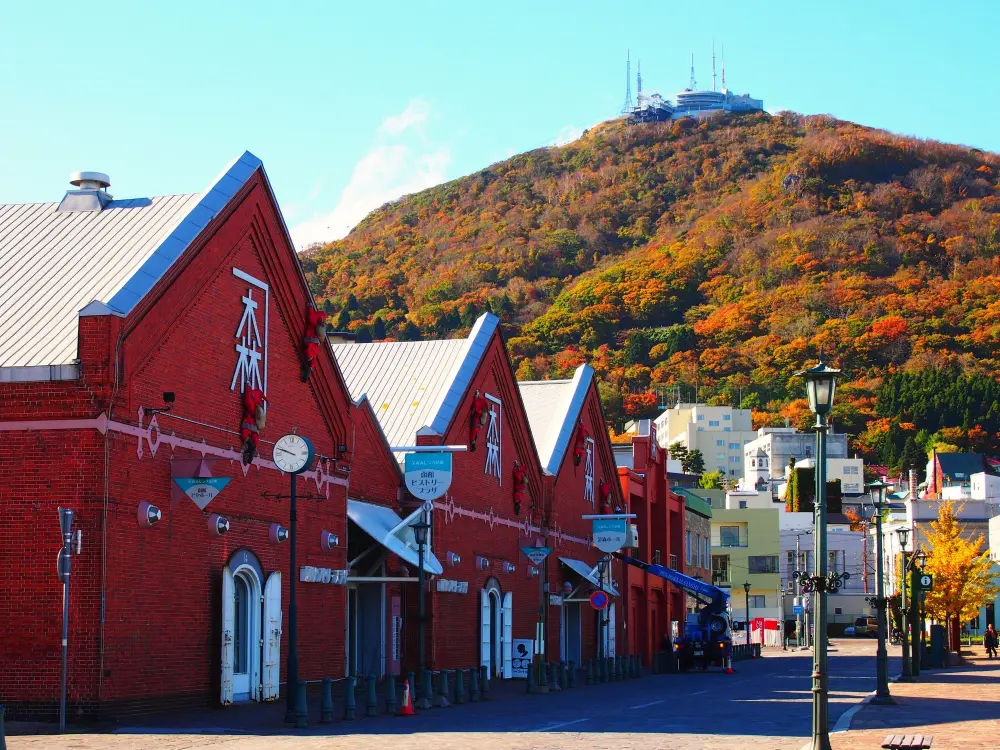
Mt. Hakodate is a popular sightseeing spot throughout the year. But it’s especially breathtaking during the autumn season when the area gets colored by the stunning fall foliage!
The most common method of getting to the top of Mt. Hakodate is by ropeway.
Through the glass windows, passengers are treated to a 360-degree panorama of Hakodate City and the mountain’s impressive autumn leaves. This view was even awarded three stars by Michelin Green Guide Japan.
From the 125-passenger gondola, you can see popular landmarks and picturesque natural scenery, including the Tsugaru Strait and the shimmering waters of Hakodate Bay.
For those seeking a more challenging ascent up Mt. Hakodate, there’s also the Miyanomori Hiking Course from Hachiman Shrine. We highly recommend this for adventurous souls who want to go hiking while surrounded by the splendor of autumn leaves.
To get to the Hakodate Ropeway you can take a ropeway shuttle bus from Hakodate Station. This is a 15-minute ride and drops you off at the Ropeway-mae bus stop right in front.
4. Motomachi Park
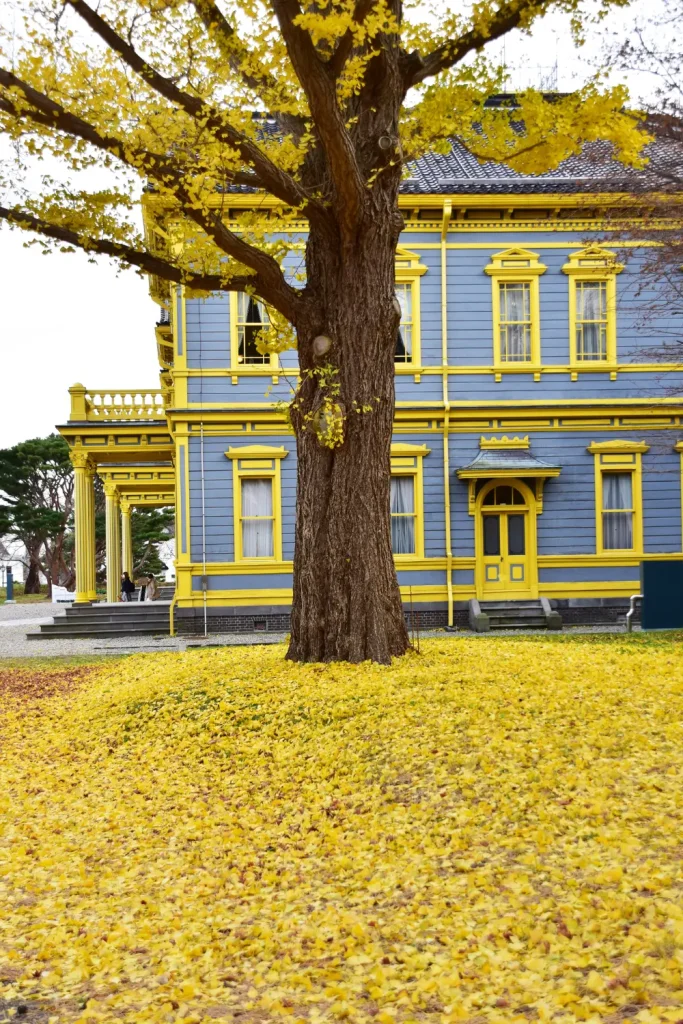
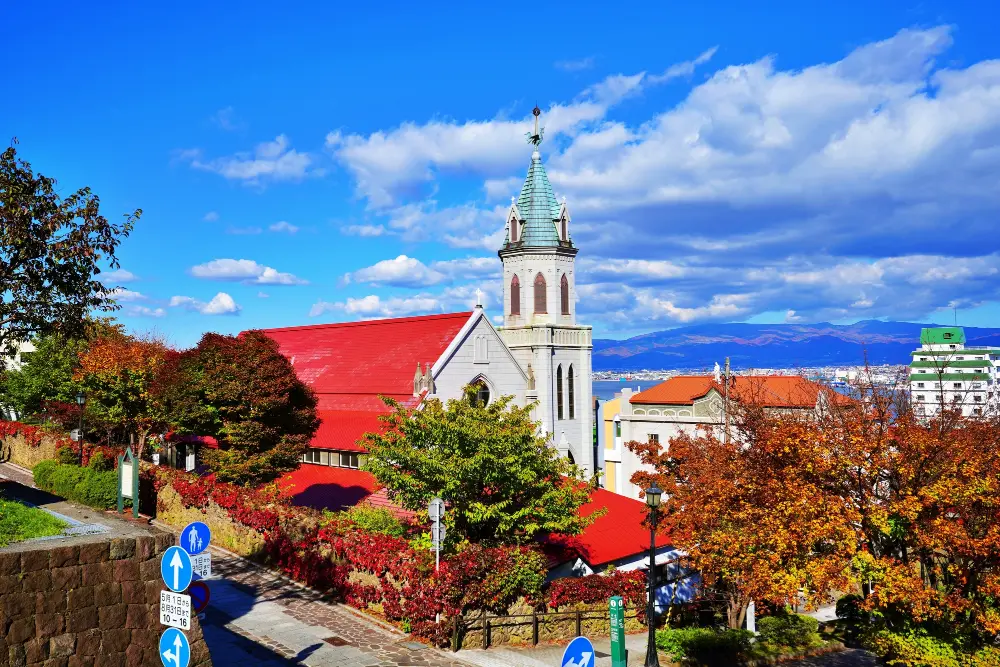
Motomachi Park is the perfect spot for enjoying the seasonal beauty as you learn more about Hakodate’s history. The area is known for its western-style architecture adorned with gorgeous colors.
As for the origin of the name, Hakodate, there are several theories and they can be found right here in Motomachi.
According to a leading theory, a box-shaped mansion was built during the Motomachi Period (14th-16th century) by Takeda Nobuhiro, the first lord of the Matsumae Domain, together with Kono Masamichi who arrived from Tsugaru. It was located near present-day Motomachi Park and the Memorial Statue of the Visit of Commodore Mathew Perry. So it’s believed that the city’s name is derived from the words “hako (box)” and “date (mansion, residence).”
During the Edo Period (1603-1868), the Hakodate Magistrate office opened. This was followed up by the construction of additional buildings including the Hokkaido Government Hakodate Branch Office building. So this is the place that has always governed Hakodate.
Many of the buildings in the Motomachi Park area presently operate as coffee shops and restaurants, making them ideal spots for taking a rest break during your walk.
In autumn, the leaves of the trees in the park are transformed into a variety of brilliant hues. This is the perfect place for taking photos of beautiful buildings surrounded by the stunning fall foliage.
5. Sasanagare Dam
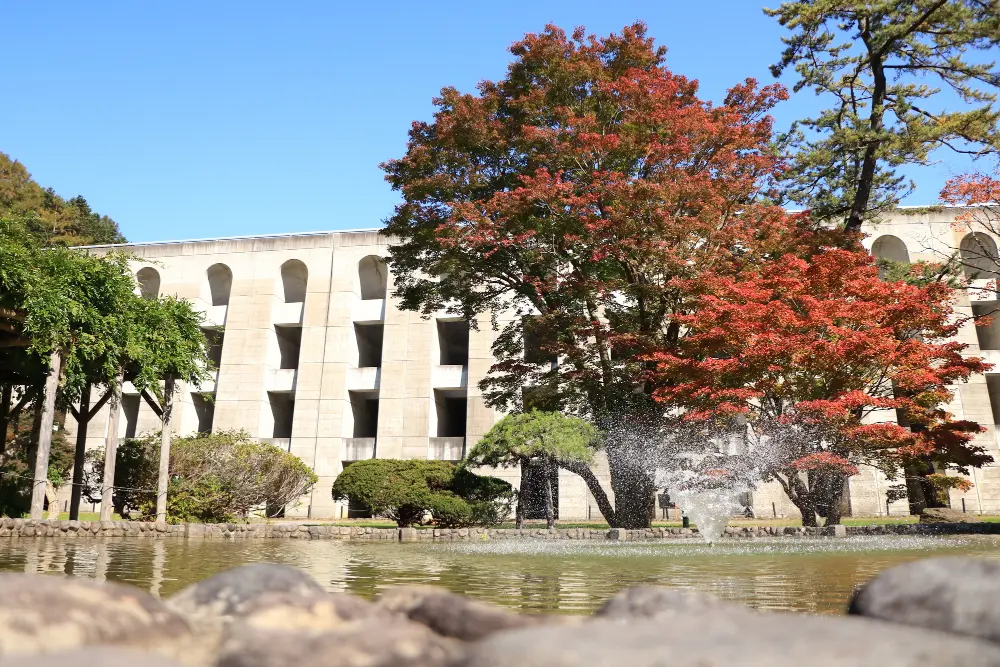
Sasanagare Dam was built in 1923 and is Japan’s first buttress dam. It was also chosen as a Civil Engineering Heritage Site.
In front of Sasanagare Dam you’ll also find a park known as Dam Park. In the fall season, more than 100 Japanese maple trees (kaede) turn bright red, and in the spring there are cherry trees in full bloom.
The park is a popular spot that’s perfect for a picnic or a stroll. We also recommend going up onto the dam’s embankment to get a view of the beautiful fall foliage spreading out in the park right below you.
It takes about 50 minutes to get to Sasanagare Dam from Hakodate Station by a combination of bus and walking. You can also access the area from Goryokaku, which takes about one hour (bus and walking).
Let’s Enjoy Hakodate’s Spectacular Fall Colors!
Hakodate offers a variety of places for enjoying the autumn leavesーfrom Japanese gardens and city parks, all the way to secret hideaways right in the middle of nature.
So if you have the chance, please visit Hakodate during early November when the autumn foliage is most exquisite and impressive!



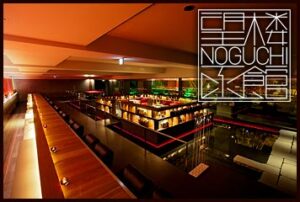


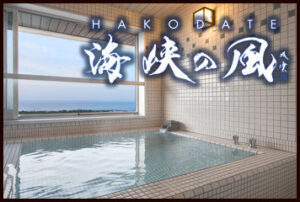
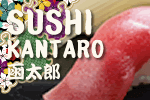
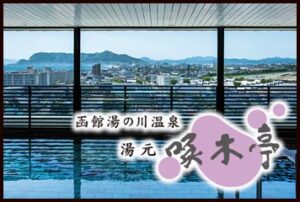
サトーエージェンシー TEL:0138-26-7277](https://www.hakodate.travel/en/wp-content/themes/hakodate-city-multi/assets/images/cmn/boshuyoukou-1.png)